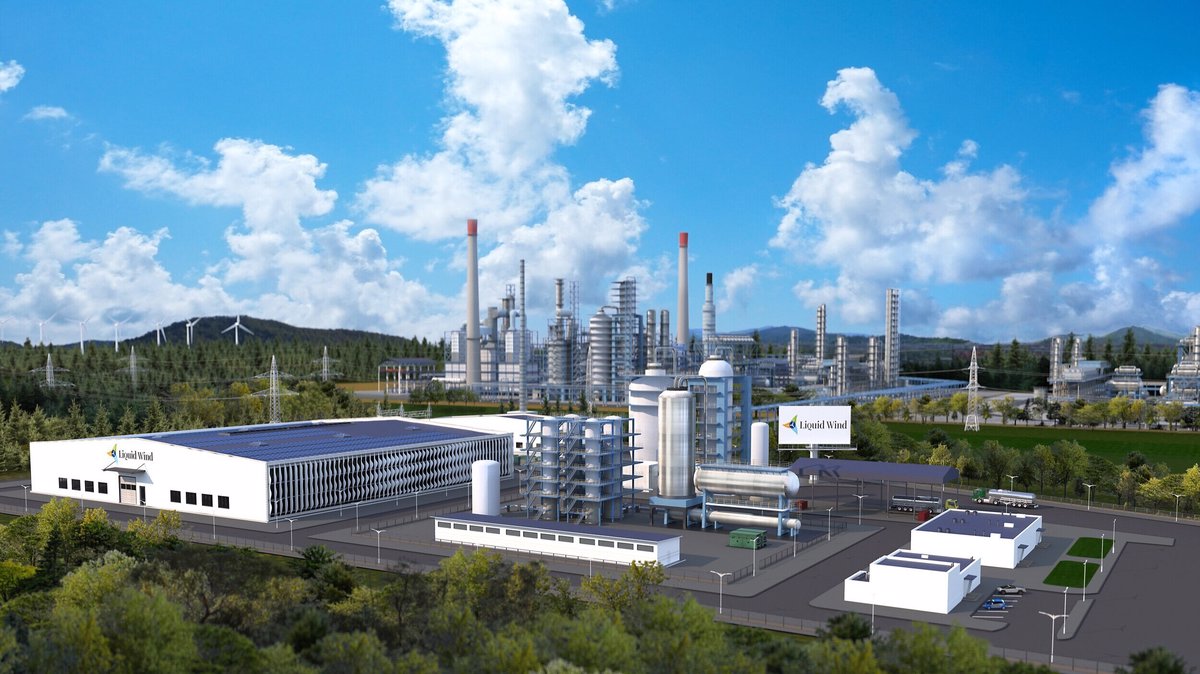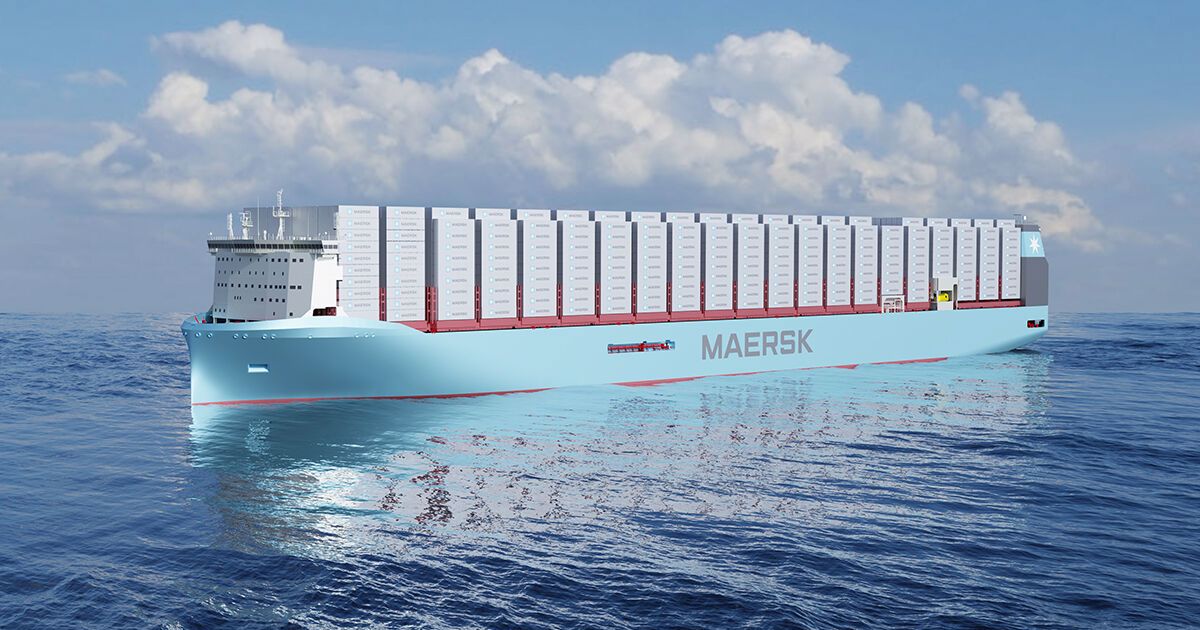Renewable methanol production to reach 8 million mt/year by 2027 - Methanol Institute
The Methanol Institute forecasts that around 3 million mt/year of bio-methanol and 5 million mt/year of e-methanol can be produced globally by 2027.

PHOTO: Model of the FlagshipONE e-methanol production facility in Örnsköldsvik, Sweden. Liquid Winds
E-methanol or synthetic methanol is made from carbon dioxide captured from renewable sources like bioenergy with carbon capture and storage, or captured through direct air capture. Bio-methanol is derived from sustainable biomass, such as agricultural waste, plant waste, manure or food waste. Both types of methanol can be carbon-neutral and have almost zero emissions of nitrous oxides, sulphur oxides and particulates.
Methanol could become a more popular drop-in fuel in the shipping industry, the Methanol Institute says, arguing that it is currently more technologically mature and widely available than other alternative fuels like hydrogen and ammonia.
According to Auramarine’s chief executive John Bergman, “Methanol is among the most accessible clean fuel alternative, with more than one hundred ports worldwide already supplying the fuel. It also reduces greenhouse gas (GHG) emissions and other non-carbon emissions like sulphur oxides and nitrous oxides compared to diesel oil.”
The Methanol Institute also estimates that over the next five years, the capacity of plants to produce renewable methanol will increase from 5,000-10,000 mt/year of bio-methanol and e-methanol combined, to 50,000-250,000 mt/year or more, as a result of continued technological advancements and increased government support.
“With 80 renewable methanol projects already announced, we are seeing clear signs of an incoming wave of bio-methanol and e-methanol production,” said Gregory Dolan, chief executive of the Methanol Institute.
A study conducted by the organisation found that China leads global distribution, with over 18 projects dedicated to producing green methanol, while Denmark is not far behind with 11 projects. Germany and the US are neck-and-neck with eight projects each.

PHOTO: Model of Maersk's 17,000 TEU methanol-powered container ship. A.P. Moller-Maersk
As for consumers, multiple shipping players have put in orders for methanol-fuelled ships for delivery over the next few years.
Danish shipping major A.P. Møller – Mærsk has partnered with nine green methanol producers to source over 1 million mt/year of green methanol by 2025 for its 19 methanol ships on order.
To fuel its fleet of four methanol-fuelled tankers, Proman Stena Bulk expects to consume approximately 12,500 mt/year of green methanol. Danish shipping company Terntank has ordered four dual-fuel tankers that can run on methanol, slated for delivery by 2025.
By Konica Bhatt
Please get in touch with comments or additional info to news@engine.online





